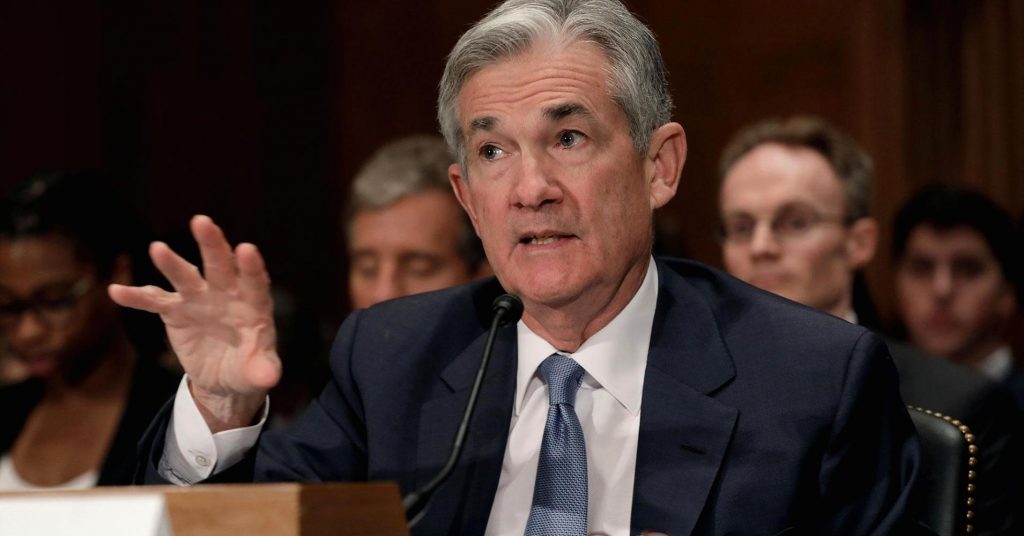
Apple Watch is slowly but surely cornering the wearables market — and the field of rivals is thinning as competitors flee the industry, according to new research from IDC.
About 37.9 million wearables were shipped in the 2017 holiday season, up nearly 8 percent from the prior year, IDC analysts estimated in a report published Thursday. And for the first time, Apple is the single biggest shipper of the units, selling 8 million wearables — a 21 percent market share and a 57.5 percent year-over-year jump.
But overall, the market isn’t growing as fast as before: Between 2015 and 2016, wearables shipments grew 27.3 percent, IDC said, and last year, overall growth was 10.3 percent.
Apple’s next-closest rival, Fitbit, saw shipments drop to 5.4 million in the fourth quarter, IDC said. But the main thing weighing down the wearables market is the companies that are throwing in the towel, according to Ramon Llamas, research director for IDC’s Wearables team.
“The slowdown is not due to a lack of interest – far from it,” Llamas said in a statement. “Instead, we saw numerous vendors, relying on older models, exit the market altogether. At the same time, the remaining vendors – including multiple start-ups – have not only replaced them …. the next generation of wearables will make the ones we saw as recently as 2016 look quaint.”
Intel, Nokia, Pebble, Adidas, TomTom, and Jawbone are just a handful of the wearables businesses that have either officially or reportedly scaled back or shut down over the past couple of years. Meanwhile, recognized brands seem to be boosting Apple and others like Garmin. Chinese vendors like Xiaomi and Huawei are also holding their own.
The newly released Series 3 watch, with cellular connectivity, has appealed to users that are looking to be untethered from their phones. Still, eight million Watches is far from the Apple’s 77.3 million iPhones sold during the quarter.
But while Wall Street has pressured iPhone-dependent Apple to come out with its next “big thing,” gaining leadership of the smartwatch market — albeit small — is still important for the company for several reasons. It reinforces the ecosystem surrounding phones, tablet and Macs; it furthers the company’s health technology ambitions; and it prepares consumers for more ambient, voice-controlled computing systems like AirPods, HomePod and perhaps augmented reality glasses.
Apple doesn’t report its Apple Watch sales, so IDC’s figures are just estimates. But Apple has said that Apple Watch sales have grown by at least 50 percent each quarter for the past year, and that Apple’s wearables business “is now approaching a Fortune 300 company.”
“User tastes have become more sophisticated over the past several quarters and Apple pounced on the demand for cellular connectivity and streaming multimedia,” Llamas said. “What will bear close observation is how Apple will iterate upon these and how the competition chooses to keep pace.”

